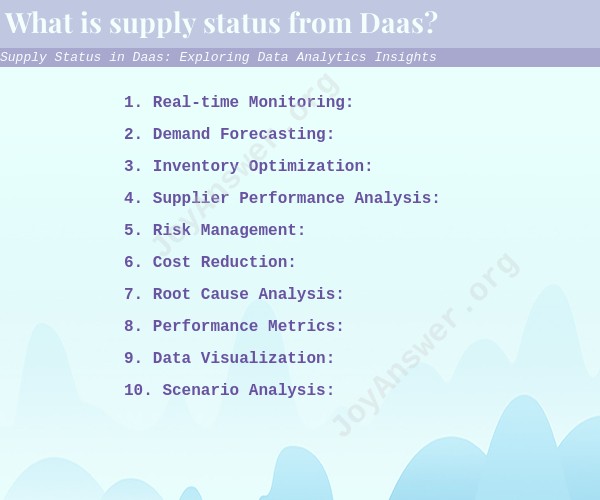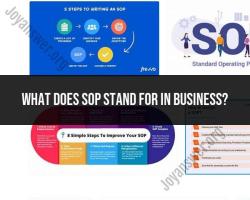What is supply status from Daas?
"DaaS" often refers to "Data as a Service," which is a cloud-based service that provides access to data storage, processing, and analysis. However, "Supply Status in DaaS" is not a well-defined term, and without more context, it's difficult to provide specific insights.
If you're referring to analyzing supply status data using Data Analytics within a Data as a Service framework, here are some general insights on how data analytics can be applied to supply status information:
1. Real-time Monitoring:Data analytics can provide real-time monitoring of supply status data, allowing organizations to track inventory levels, demand, and other key metrics. This enables timely decision-making and efficient resource allocation.
2. Demand Forecasting:Using historical supply status data and other relevant factors, data analytics can help predict future demand for products or resources. This supports better inventory management and prevents overstocking or shortages.
3. Inventory Optimization:Analyzing supply status data can lead to insights about optimal inventory levels, reorder points, and safety stock requirements. This ensures that inventory is maintained at appropriate levels to meet demand while minimizing holding costs.
4. Supplier Performance Analysis:Data analytics can assess supplier performance by analyzing factors such as delivery times, quality, and lead times. This information aids in supplier selection and negotiation.
5. Risk Management:By analyzing supply status data, organizations can identify potential risks in the supply chain, such as delays, disruptions, or bottlenecks. Strategies can then be developed to mitigate these risks.
6. Cost Reduction:Data analytics can identify cost-saving opportunities, such as identifying inefficiencies in the supply chain or optimizing transportation routes.
7. Root Cause Analysis:If there are supply chain disruptions or issues, data analytics can help identify the root causes, enabling corrective actions to be taken.
8. Performance Metrics:Analytics can define and track key performance indicators (KPIs) related to supply status, helping organizations measure and improve supply chain efficiency.
9. Data Visualization:Using data visualization tools, supply status data can be presented in a visually intuitive manner, making it easier for decision-makers to understand trends and patterns.
10. Scenario Analysis:Analytics can simulate different scenarios based on supply status data to assess the impact of potential decisions, helping in strategic planning.
Incorporating data analytics into supply chain management within a Data as a Service framework can provide organizations with actionable insights to optimize operations, reduce costs, and improve overall efficiency. The specific application of data analytics would depend on the organization's industry, goals, and available data.











